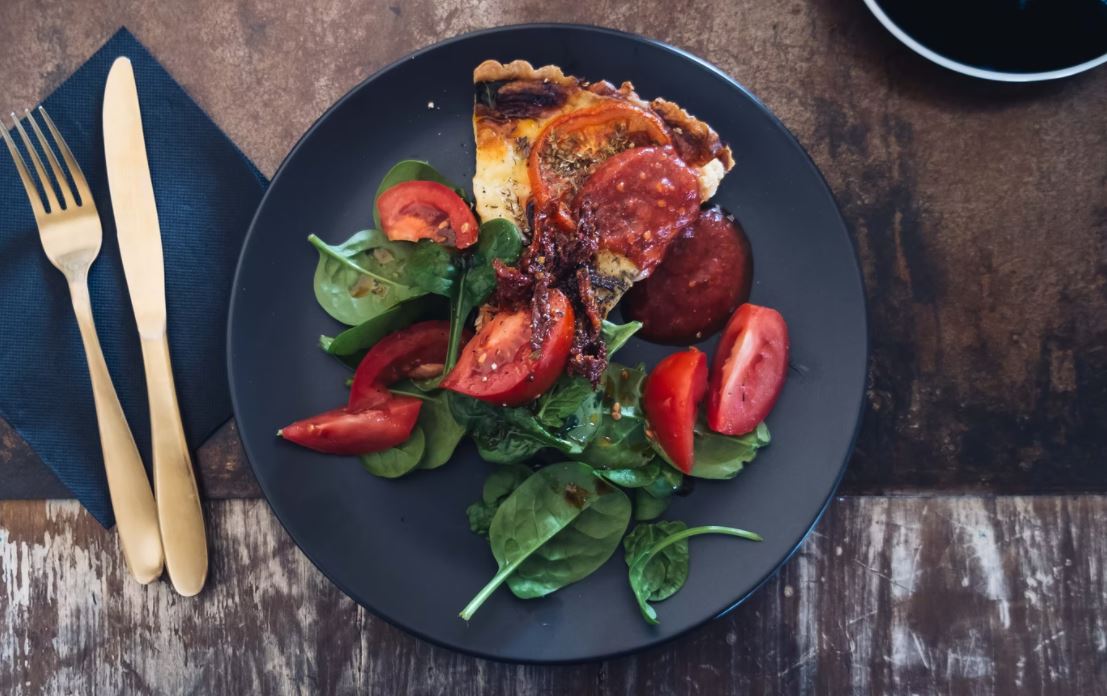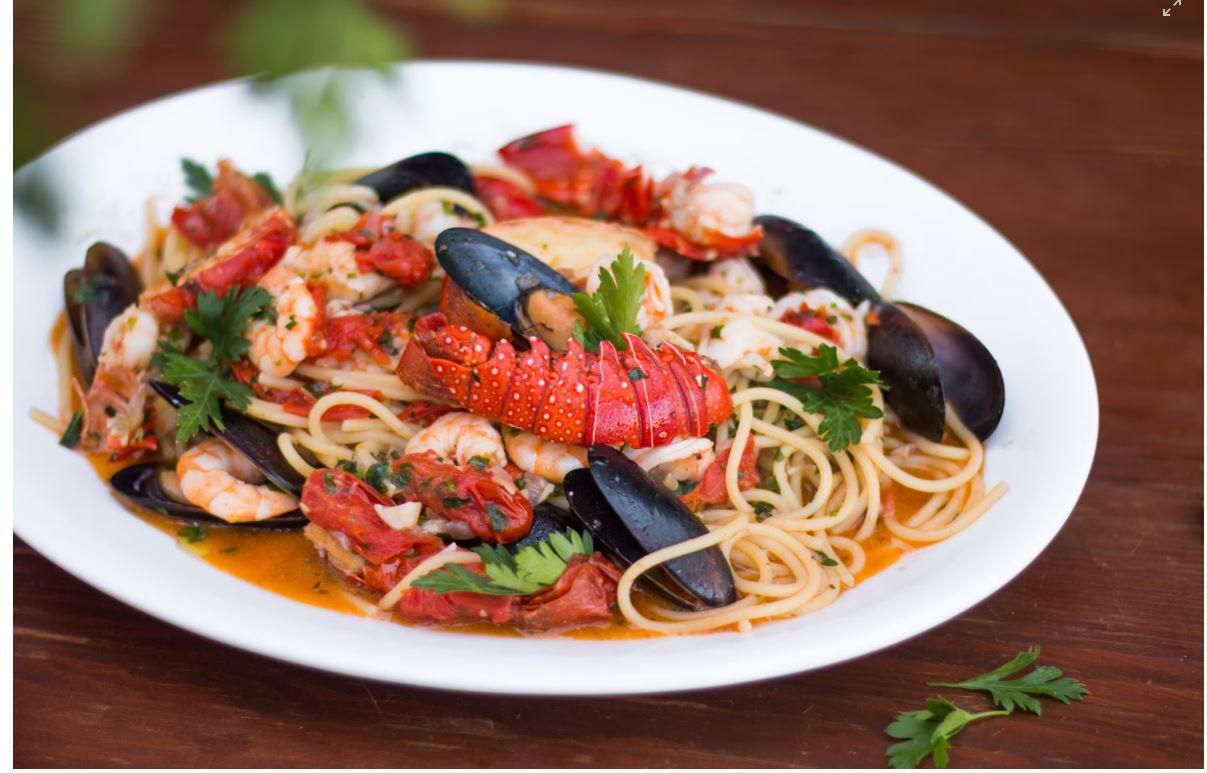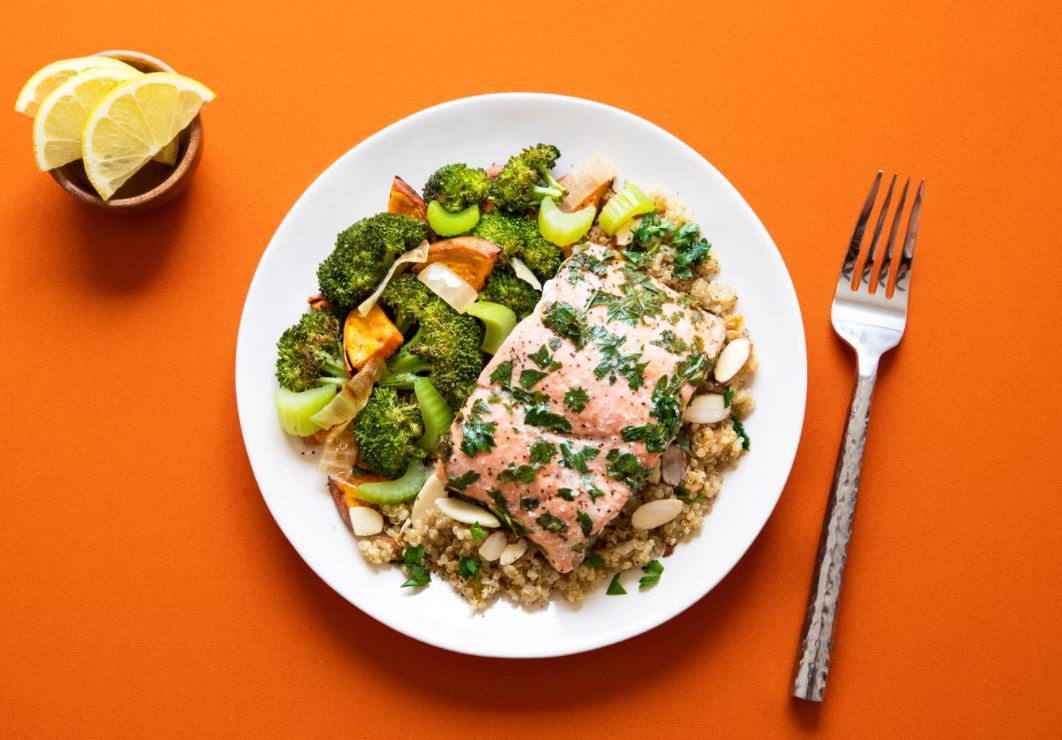Food Presentation

Principles of Food Presentation
Presenting Food Food presentation is all about making prepared food as attractive as possible to the customer. Everything from the garnishes, accompaniments and sauces used to the colour and shape of the plate can impact on the diner's overall enjoyment of the meal. This is why presentation is so important.

The best way to prepare for service is to thoroughly understand the menu and each individual dish including the main ingredients as well as the accompaniments, sauces, garnishes, and plating requirements. If possible, observe experienced cooks while they portion, plate and present food.
Food presentation, while an important part of an establishment, is only part of the dining experience. Other factors will also influence a customer’s perception, including decor, comfort, friendliness and the efficiency of staff.
Principles of Food Presentation 
- Colour - A chef who uses colour imaginatively can produce highly effective results. However, this must never be at the expense of flavour, texture or balance. For example, a piece of baked pumpkin may look more effective when plated next to steamed broccoli, instead of a similarly baked piece of carrot. Unless this is deliberate, there would be little contrast in colour or texture.
- Texture - Texture refers to the tactile appearance of food and how it will “feel” on the palate. Words that might be used to describe the principle of texture are creamy, rough, crunchy, soft, hard, smooth, crisp.
- Height - Each dish and the items that make up the menu item will be presented to have visually (or not have) height. Often the food item that is intended to be the focus of the dish will be the highest.
- Balance & Proportion - Refers to the overall visual appeal of the dish and relates to portion sizes, serviceware used and the incorporation of the other principles into an aesthetically pleasing dish. For example, a large portion of a roast meal on a small plate may look out of proportion.
- Check serviceware - When serving individual portions, make sure the serviceware is an appropriate size. If it is too big, the portion looks skimpy. If it is too small, it might be the plate will look crowded.
- Check portion size - If you serve too big a portion, you may not have enough serves for all customers. You also risk increasing your organisation’s expenditure and reducing its profits!
- Check temperature - Keep your dishes at the right temperature, so customers enjoy the food more. Place serviceware for hot dishes in a plate warmer. Chill serviceware for cold dishes
- Check consistency - Check that the serviceware is consistent in size, shape, colour, etc, especially if meals are being served to one table. Make sure that every dish you plate meets recipe requirements and standards for appearance, flavour, texture and portion size. Every dish should look and taste the same from one customer to the next
- Check service equipment - Check that service equipment such as tongs and spoons are clean, in good condition and suitable for their purpose
- Check appearance - Wipe any drips or spills from the rim of plates and bowls with a clean damp cloth

Plate Selection

Plates come in many shapes, sizes, patterns and colours. Their primary role is to serve as a receptacle for food which needs to be transported from the place of preparation to the customer. The most appropriately sized and designed plates are used to enhance food presentation and provide a balance of plated ingredients. The amount of food placed on a plate will also affect the overall look. If the plate is too small, the amount of food placed on it will look messy. On the other hand, an oversized plate will make even substantial portions appear small.
Plates, bowls and serving platters should be spotlessly clean and free from chips or cracks. Plain white china is usually the best “background” as it does not detract from the actual food items. Food needs to be plated and presented neatly and attractively. There should be no drips, spills or greasy fingerprints on the plate. The temperature of the crockery needs to be appropriate to the food being served.
Hot food = Hot Plate Cold food = Cold Plate

Positioning of Food
Traditionally food can be placed on the plate in the following positions:


The main component of the dish is sitting at 6 (meat) then main vegetable at 12 (potato) then accompaniments on either side. The presentation looks better when vegetables of the same colour are separated by another colour.

Storing and Displaying of Food
Storing and displaying food You must display and store food in appropriate environmental conditions to maintain quality and prevent them from spoiling.
- Ventilation - Refrigerators, freezers and the dry store all need good air circulation to keep foods at optimum temperatures. Make sure any fans, motors or vents are clean. Do not block circulation by storing food in front of them.
- Humidity - Humidity in the refrigerator should be relatively low, as high levels of moisture cause some foods to become soft and other prepared foods to lose texture and flavour.
- Light - Direct light (especially sunlight) can cause some products to deteriorate. Keep your food out of direct sunlight and store in a cool, dry environment, the fridge or freezer.
- Atmosphere - Remove any debris and clean up any spills as they occur. This reduces the risk of cross-contamination, pest infestation and allows air to circulate more freely. It can make a big difference in maintaining the long-term quality of your food.
- Packaging - before using any pre-prepared foods check the storage container or packaging to make sure packages or container was resealed properly after use, no rips, holes, tears, dents, punctures or evidence of pest damage, vacuum-seals have not been compromised, containers are clean, dry and airtight
- Temperature
- Keep all food out of the danger zone (between 5 °C and 60 °C)
- Keep food either hot (above 60 °C) or cold (below 5 °C). Do not let food stay in the danger zone for more than two hours
- Regularly check temperatures of storage areas and the food itself using the appropriate thermometers, different simple dishes may require different storage temperatures and have specific storage and display requirements

